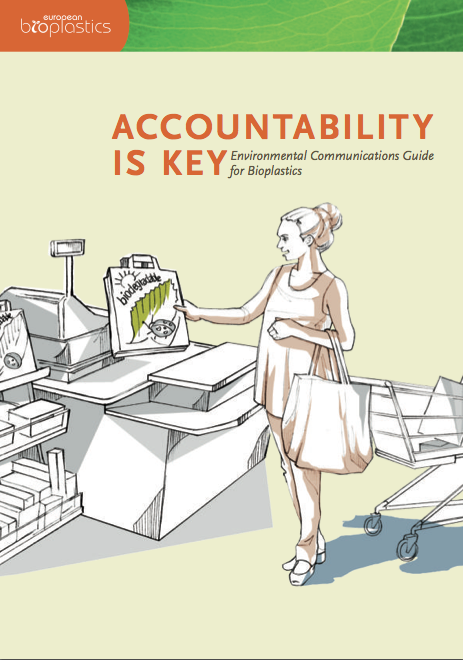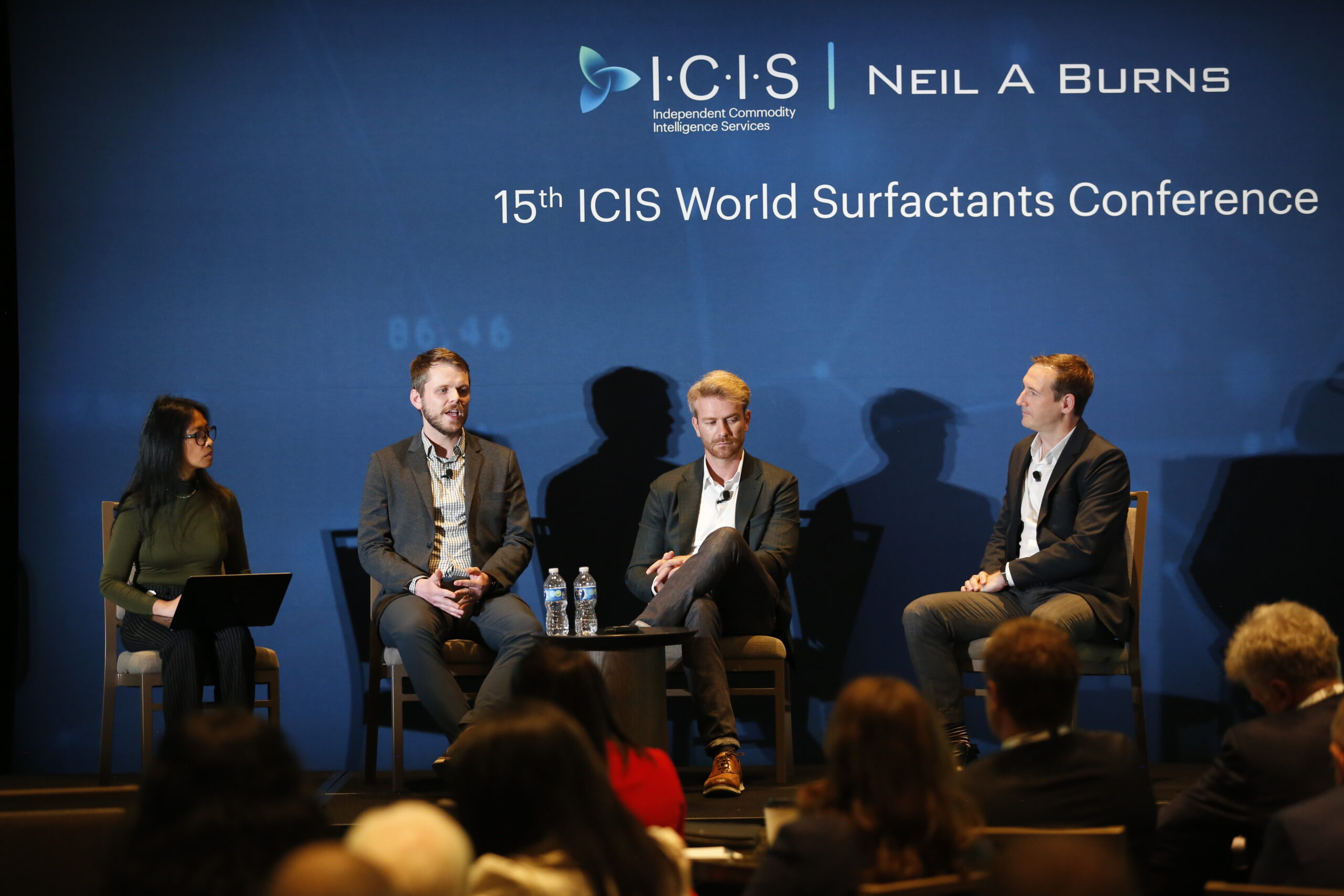 This is good news for marketers of bioplastic products who want to ease consumer confusion on what a bioplastic means.
This is good news for marketers of bioplastic products who want to ease consumer confusion on what a bioplastic means.The trade group European Bioplastics has just launched its “Environmental Communications Guide for Bioplastics” that was developed by an international ad hoc working group within the last six months with the goal to help marketing and communications professionals to correctly present the innovations and beneficial claims of bioplastics based on approved standards without resorting to greenwashing.
Greenwashing (a compound word modelled on “whitewash”), or “green sheen”, is a form of spin in which green PR or green marketing is deceptively used to promote the perception that an organization’s aims and policies are environmentally friendly.
According to European Bioplastics, this guide puts out recommendations that can be applied to all forms of communications — from advertisement, to website and packaging, from event to interview.
“It can be serve as a useful tool for a company’s communications department when projects are started — brochures, advertising campaigns amongst others.” – European Bioplastics
Most importantly, it all neatly categorized and explain the definition of what bioplastics means. A bioplastic can be bio-based but not biodegradable or it can be biodegradable but not bio-based. It can also be both bio-based and biodegradable (getting confused now??).
For example, under a bio-based bioplastic, polymers here could include sugar-based polyethylene (PE) such as what Braskem has been marketing or a bio-based polyethylene terepthalate (PET) plastic such as Coca-Cola’s Plant Bottle. But these are not biodegradable even though their component is made from sugar-based intermediates.
Now, a bio-based biodegradable plastic such as polylactic acid (PLA), polyhydroxynoate (PHA), and starch blends are both made from renewable-based materials and are biodegradable.
Other bioplastic definitions marketers need to be aware of (and be careful in making claims) include compostable, recyclable, and carbon neutral.
Some of the general guidelines here include:
- Make specific, measurable and consequently verifiable claims
- Make distinct claims — omit misleading formulations
- Be accurate, relevant and truthful
- Substantiation is key
- Make correct comparisons
- Update your claims and substantiation
The Environmental Communications Guide also presented several cool examples of what is the right thing and the bad thing to do in terms of making bioplastic claims.
You can access and download the brochure at the European Bioplastics site starting September 10. The organization will also give workshops regarding environmental communications for bioplastics on November 5 at the Maritim proArte hotel in Berlin, Germany, one day before the group’s annual Bioplastics conference.



